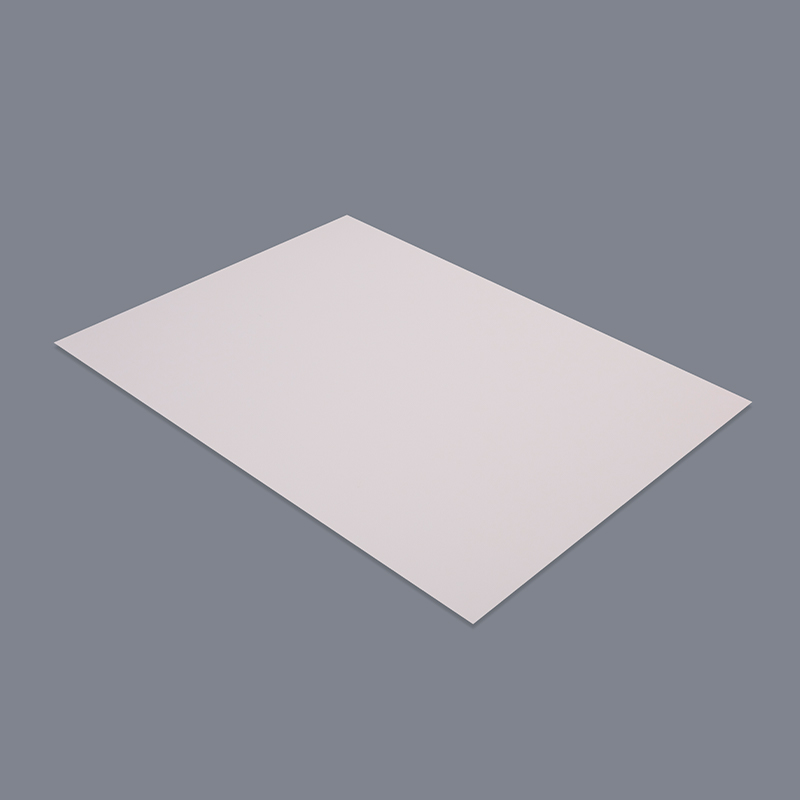Self-adhesive films have evolved far beyond their origins as simple decorative laminates or protective overlays. Today, they represent a diverse category of engineered materials designed to serve specific functions across industries as varied as electronics, automotive, architecture, packaging, and healthcare. Combining adhesive technology with customizable substrates, these films offer a versatile solution for surface enhancement, branding, insulation, protection, and automation-friendly processing.
This article explores the structural composition, technical performance, application diversity, and future trajectories of self-adhesive films, focusing on their strategic role in next-generation manufacturing and user-centric design.
Understanding the Technical Architecture of Self-Adhesive Films
At their core, self-adhesive films—also known as pressure-sensitive adhesive (PSA) films—are composite materials composed of three main layers:
-
Facestock/Substrate
This is the visible outer layer of the film, which may be composed of plastic (PVC, PET, PE, PP), paper, foil, or specialty materials such as polyimide or glass fiber composites. The choice of facestock is dictated by the application’s demands—be it durability, transparency, printability, or thermal resistance. -
Adhesive Layer
The adhesive is the defining feature of self-adhesive films. It allows bonding without the need for heat, water, or solvent activation. PSA formulations can be acrylic, rubber-based, or silicone-based, with each offering unique performance traits such as UV resistance, chemical compatibility, and reusability. -
Release Liner
A protective backing, typically silicone-coated paper or film, keeps the adhesive intact before application and ensures clean, hassle-free installation. In high-speed automated processes, release liners are engineered for smooth, static-free removal.
In some advanced versions, self-adhesive films may also include top coatings for ink receptivity, barrier layers for moisture or gas resistance, and anti-static or conductive coatings.
Key Performance Features and Advantages
Self-adhesive films deliver a wide range of functional benefits tailored to the needs of various industries:
-
Ease of Application
Their peel-and-stick design simplifies installation, reducing labor time and eliminating the need for additional glues or drying processes. -
Surface Protection
Films can shield underlying materials from UV light, chemical exposure, abrasion, or contamination—making them critical in automotive, construction, and electronics sectors. -
Design Flexibility
Films can be cut, printed, or thermoformed to meet branding, aesthetic, or technical requirements without altering the original substrate. -
Removability and Residue-Free Performance
Specialty adhesives allow for clean removability, making them ideal for temporary labels, event signage, or protective masking during manufacturing processes. -
Functional Enhancement
Some films incorporate anti-fog, anti-microbial, flame-retardant, or insulating properties, effectively turning inert surfaces into functional interfaces.
Diverse Applications Across High-Demand Sectors
1. Automotive and Transportation
Self-adhesive films are used in vehicle wraps, window tinting, dashboard protection, interior panel laminates, and temporary protective films during shipping. High-temperature and fuel-resistant variants serve under-the-hood applications, while light-diffusing films are utilized in automotive lighting assemblies.
2. Architecture and Interior Design
Window films with solar control, UV filtering, privacy screening, or decorative effects improve building energy efficiency and aesthetics. Wall graphics, anti-graffiti films, and floor protection layers are widely used in retail, hospitality, and public infrastructure.
3. Electronics and Display Technology
PET and polyimide-based adhesive films serve as dielectric layers, EMI/RFI shielding barriers, and interface protectors in smartphones, tablets, wearable devices, and displays. Their dimensional stability and thermal endurance are crucial in flexible printed circuits (FPCs) and battery packs.
4. Medical and Pharmaceutical
Medical-grade adhesive films are employed in wound dressings, wearable sensors, diagnostic devices, and packaging of sterile instruments. These films must meet stringent biocompatibility, breathability, and skin adhesion standards.

5. Industrial Packaging and Logistics
Self-adhesive films provide tamper-evidence, waterproofing, anti-counterfeiting, and smart tracking functions for packages. RFID-integrated films and thermochromic indicators are becoming increasingly common in high-value supply chains.
Innovation Drivers and Emerging Trends
The future of self-adhesive film technology is shaped by advances in materials science, environmental regulations, and digital manufacturing:
-
Sustainable Materials and Solvent-Free Adhesives
With increasing focus on environmental impact, manufacturers are transitioning toward biodegradable substrates, recyclable release liners, and water-based adhesives. -
Smart Films and Functional Coatings
Emerging innovations include photochromic and thermochromic films, electrically conductive adhesive layers, and integration of micro-sensors for real-time monitoring. -
Customization via Digital Printing
UV inkjet and laser-based systems allow for on-demand printing of films with high-resolution graphics and variable data, serving industries from retail to electronics. -
Automated Lamination and Dispensing
Self-adhesive films are increasingly optimized for robotic application in assembly lines, where precision placement and reduced cycle times are essential. -
Nanocomposite Integration
The inclusion of nanomaterials enhances barrier properties, scratch resistance, and anti-reflective characteristics, especially in display and optical protection films.
Challenges and Engineering Considerations
Despite their versatility, self-adhesive films present several engineering challenges:
-
Adhesion to Low-Energy Surfaces
Polymers such as polyethylene and polypropylene are difficult to bond. Specialized primers or surface treatments are sometimes required. -
Thermal and Dimensional Stability
In high-temperature or outdoor environments, films must resist shrinkage, delamination, and adhesive degradation. -
Compatibility with Inks and Coatings
For printed applications, careful matching of film surface energy and ink chemistry is required to prevent smearing or poor adhesion. -
Storage and Shelf Life
Films must be stored under controlled temperature and humidity conditions to preserve adhesive performance and prevent premature curing or liner release.

 English
English Español
Español русский
русский Français
Français عربى
عربى











